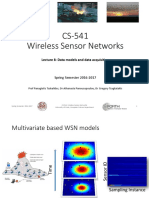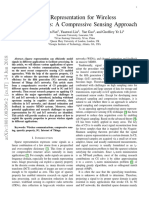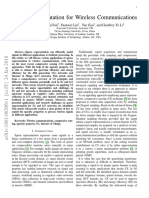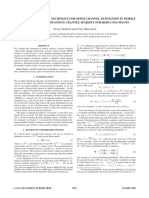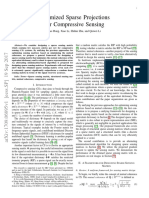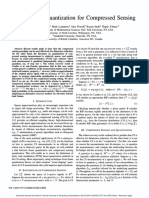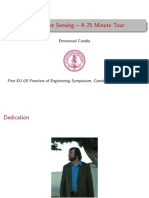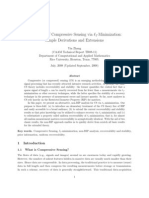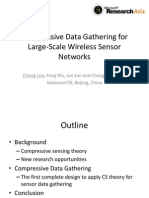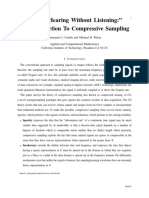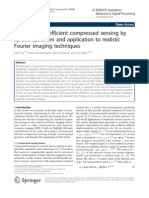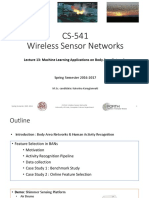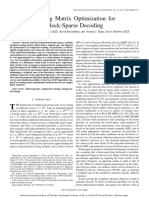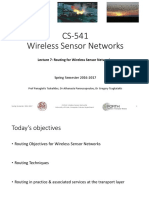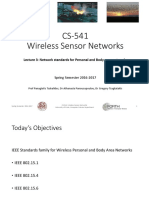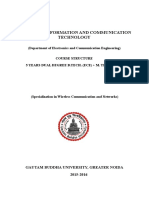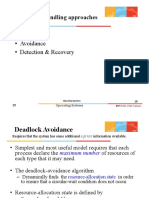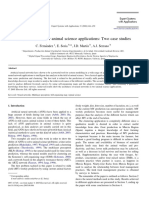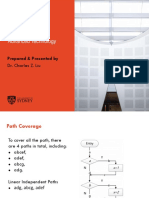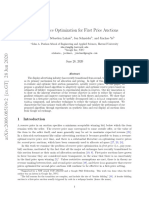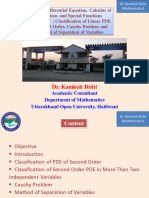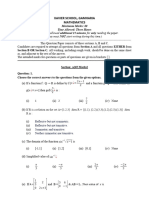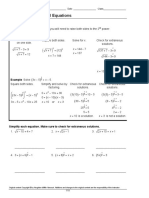0% found this document useful (0 votes)
63 views31 pagesCS-541 Wireless Sensor Networks: Spring Semester 2016-2017
This document discusses signal sampling techniques for wireless sensor networks. It introduces Nyquist-Shannon sampling which requires sampling at twice the bandwidth rate. To address limitations of this approach, it covers dimensionality reduction methods like principal component analysis (PCA) and compressed sensing that can sample signals at lower rates. PCA finds orthogonal axes that maximize retained variance when projecting the data. The document explores applications of these techniques for efficient data acquisition in wireless sensor networks.
Uploaded by
Kumar SarthakCopyright
© © All Rights Reserved
We take content rights seriously. If you suspect this is your content, claim it here.
Available Formats
Download as PDF, TXT or read online on Scribd
0% found this document useful (0 votes)
63 views31 pagesCS-541 Wireless Sensor Networks: Spring Semester 2016-2017
This document discusses signal sampling techniques for wireless sensor networks. It introduces Nyquist-Shannon sampling which requires sampling at twice the bandwidth rate. To address limitations of this approach, it covers dimensionality reduction methods like principal component analysis (PCA) and compressed sensing that can sample signals at lower rates. PCA finds orthogonal axes that maximize retained variance when projecting the data. The document explores applications of these techniques for efficient data acquisition in wireless sensor networks.
Uploaded by
Kumar SarthakCopyright
© © All Rights Reserved
We take content rights seriously. If you suspect this is your content, claim it here.
Available Formats
Download as PDF, TXT or read online on Scribd
/ 31

